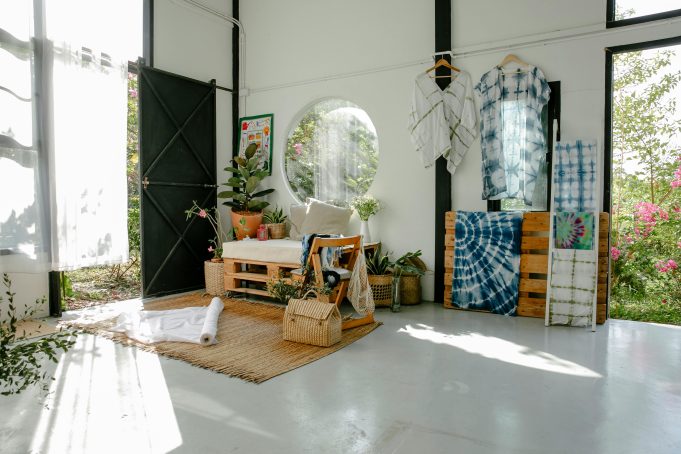As garden rooms become the latest trend transforming our outdoor living spaces, their popularity is soaring among those desiring the pinnacle of home luxury and serene outdoor retreats. These standalone architectural wonders, nestled away from the main residence, offer a sanctuary of peace and beauty, setting the scene for serene relaxation and a getaway from the daily grind.
The Rise of Garden Rooms
Homeowners are increasingly drawn to the allure of garden rooms, seeking to incorporate this piece of paradise into their domestic lives. Yet, the journey to adding a garden room often comes with its share of questions, particularly around the size limitations and the necessity of planning permission.
Navigating Planning Permissions
The prospect of building a garden room without the hurdles of planning permission is appealing yet complex. The key lies in understanding and adhering to the specific guidelines of permitted development regulations and building standards. Below are the primary criteria a garden room must meet:
- The structure must not exceed a height of 2.5 meters.
- It should occupy less than 50% of the land surrounding the dwelling.
- Placement at the front or side of the house is prohibited.
These rules, however, are subject to variations based on the garden room’s proximity to the main property and the specific location of the home.
Designing Within Limits
When avoiding planning permission, the garden room should be a single-story structure with an eave height not surpassing 2.5 meters. Roof heights can extend up to 4 meters for gable roofs and 3 meters for other designs, provided the building is more than 2 meters from the property boundary. Verandas or balconies are off-limits to preserve neighbourly privacy, although larger constructions are possible with a formal planning permission application.
Understanding the ‘Original House’ Concept
The term ‘original house’ refers to the home’s footprint at the start of the improvement project, including all post-1948 additions. A garden room’s size must not cause the total outbuilding area to exceed 50% of this original footprint without planning permission.
The Functionality of Garden Rooms
Garden rooms must not be designed for regular overnight stays or equipped with TV antennas to avoid the need for planning permission. These spaces are envisioned for relaxation, entertainment, and socialising rather than as permanent living quarters.
Location Considerations
Ideally, garden rooms should grace the back garden to sidestep planning permission requirements, steering clear of the front or side of the house and maintaining a distance from public rights of way. Non-compliance with these guidelines necessitates a planning permission application before construction begins.
Eligibility and Restrictions
Permitted development rights typically extend to privately owned residential houses, allowing for garden room additions within local authority parameters. Conversely, flats, maisonettes, and converted structures lack these rights, necessitating specific permissions. Listed buildings and properties in designated areas face stricter regulations due to their cultural and historical significance, often requiring planning permission for any structural additions.
Preserving Heritage
Listed properties and those in conservation areas or designated lands are subject to stringent protections. Any structural modifications, including garden room additions, must undergo the planning permission process to preserve their integrity and appearance. However, under certain conditions, such as distance from the main building and size limitations, a garden room may be permissible without planning permission.
Embarking on Your Garden Room Journey
Integrating a garden room into your home extends beyond mere construction; it’s about creating a seamless blend of luxury, functionality, and compliance with legal standards. By navigating the intricacies of planning permissions and designing within defined parameters, homeowners can enhance their living spaces with these exquisite outdoor sanctuaries, transforming their gardens into realms of unparalleled tranquillity and elegance.














